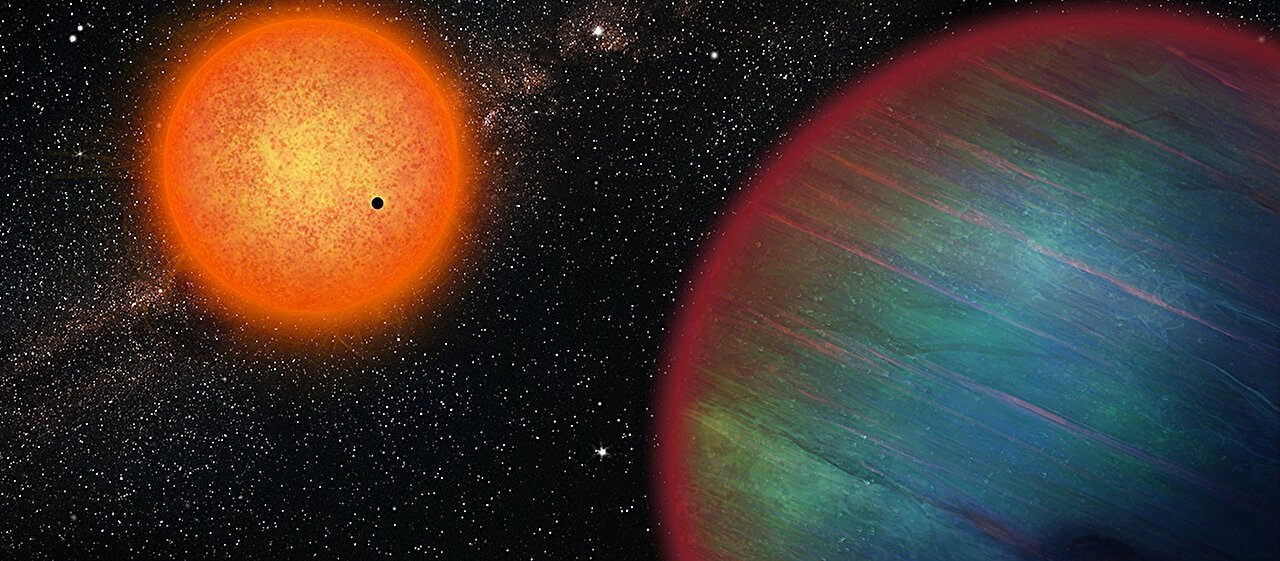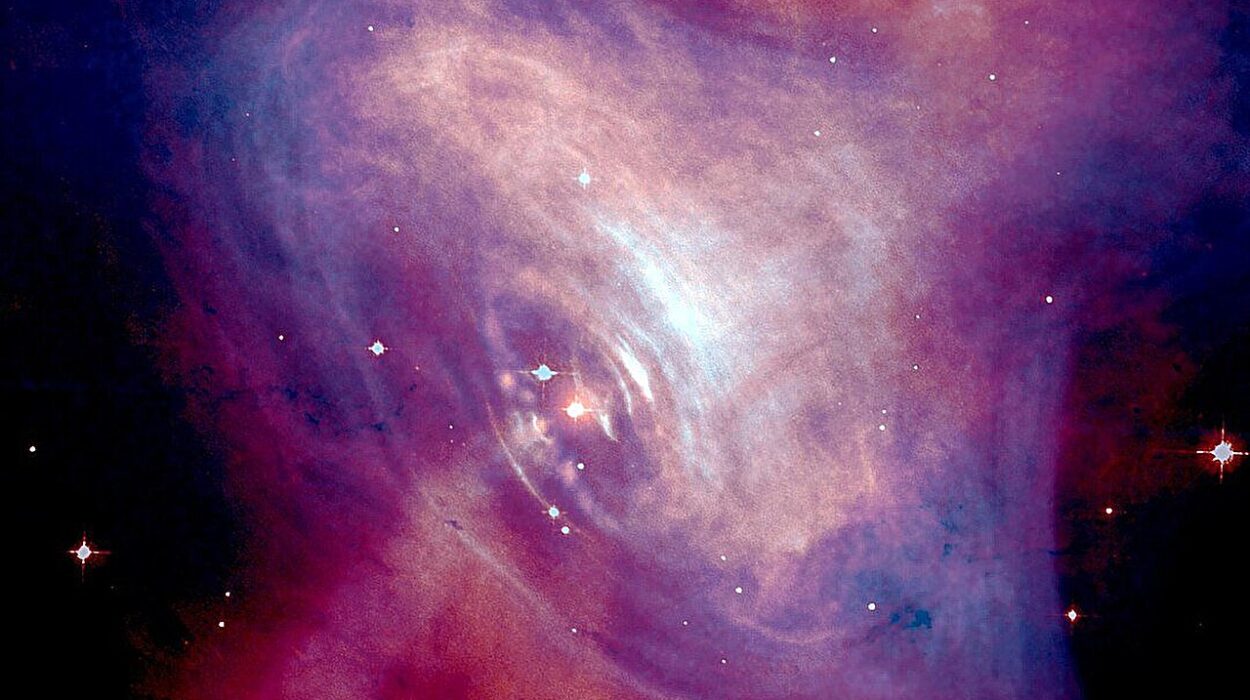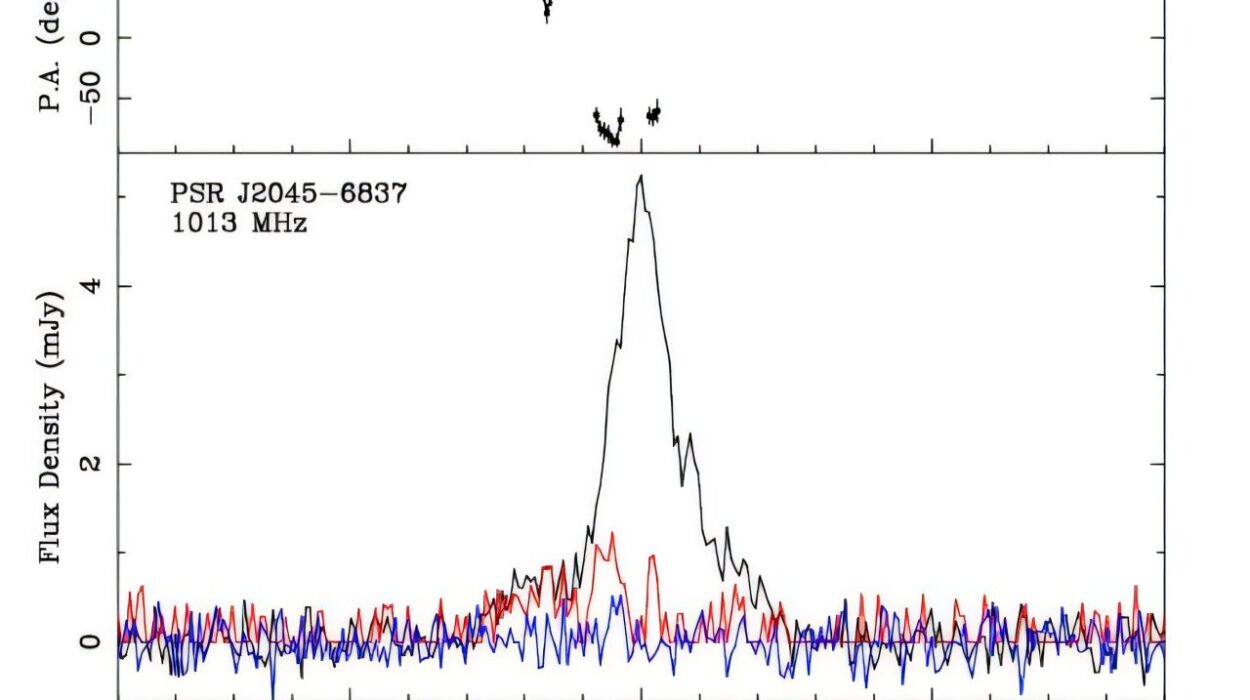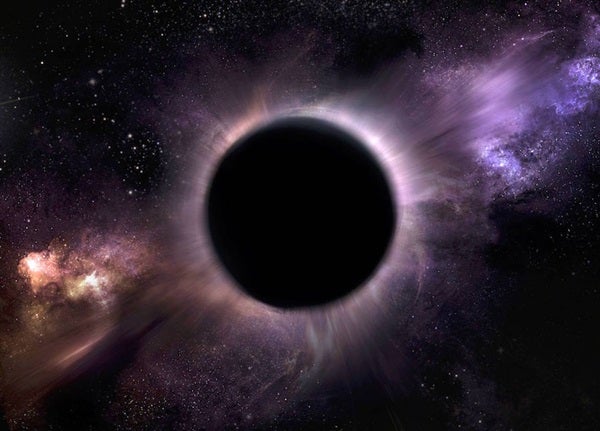In the field of astronomy, the quest to understand the universe is driven by the study of its largest and most complex structures. It is often said that to truly grasp the workings of the cosmos, one must begin by comprehending the enormity of its grandest features. One such feature is the superstructure known as Quipu, the largest structure ever discovered in the universe. With a mass of 200 quadrillion solar masses, Quipu is an astonishingly massive collection of galaxy clusters, superclusters, and other celestial bodies that spans an unimaginable 1.3 billion light-years in length. The study of these colossal objects is crucial, not only because of their scale but also because of their profound effects on the surrounding universe, potentially altering our entire understanding of cosmology.
What Are Superstructures?
Superstructures in astronomy refer to vast formations that comprise groups of galaxy clusters and superclusters. These structures are massive enough that their sheer size and gravitational influence have the potential to distort our models of the universe’s evolution. In recent years, astronomers have begun to identify these enormous formations, which are critical for understanding both the present state of the universe and its past. Quipu is not only the largest such superstructure discovered, but it also challenges our previous models of how the universe came to be, particularly when considering the early formation of galaxies and the overall mass distribution in the cosmos.
Discovering Quipu: A Groundbreaking Revelation
The discovery of Quipu was made possible by the work of astronomers conducting research into the large-scale structure of the universe. Led by Hans Bohringer from the Max Planck Institute, the team uncovered this enormous cosmic entity in their study, “Unveiling the largest structures in the nearby universe: Discovery of the Quipu superstructure.” This groundbreaking research, accepted for publication in the journal Astronomy and Astrophysics, reveals that Quipu and four other similarly massive superstructures contain a substantial portion of the universe’s matter, galaxies, and galaxy clusters. Specifically, Quipu and its companions are responsible for about 45% of galaxy clusters, 30% of galaxies, and 25% of the total matter in the universe, occupying a volume fraction of approximately 13%.
The name Quipu was inspired by the ancient Incan system of recording data with knotted cords, known as quipu. The visual resemblance between the long, filamentous shape of the superstructure and the knotted cords used by the Incas is what led researchers to this naming convention. According to the researchers, Quipu’s structure is composed of a long filament with smaller side filaments branching off, which further emphasizes the connection to the Incan method of organization and communication.
Mapping the Superstructures
To understand the vastness and mass of Quipu, astronomers utilized data from the Cosmic Large-Scale Structure in X-rays (CLASSIX) Cluster Survey, a project aimed at identifying and analyzing superstructures within a range of 130 to 250 megaparsecs (Mpc), or roughly 400 million to 800 million light-years. This survey relied heavily on X-ray galaxy clusters to pinpoint these superstructures. X-ray galaxy clusters are essential in this process because they contain galaxies that are surrounded by extremely hot gases emitting X-rays. These emissions are not only a critical tool for mapping the mass of these superstructures but also provide insight into the distribution of matter within the cosmic web—a vast network of galaxies, galaxy clusters, and intergalactic gas.
The X-ray emissions observed in these clusters serve as “signposts,” revealing the densest regions of matter within the superstructures. The combination of these X-ray emissions and detailed observations of the surrounding environment enables scientists to calculate the mass of these superstructures, offering an unprecedented look at some of the most colossal formations in the universe.
The Distinct Influence of Superstructures
The discovery of Quipu highlights the immense influence superstructures exert on the broader universe. These structures are so massive that they distort our ability to observe and measure other cosmic phenomena accurately. For instance, superstructures can impact measurements of the Cosmic Microwave Background (CMB), the faint radiation leftover from the Big Bang. The gravity of superstructures like Quipu can alter the properties of the CMB as it passes through them, a phenomenon described by the Integrated Sachs-Wolfe (ISW) effect. This effect causes fluctuations in the CMB, which can act as foreground artifacts—interfering with our ability to observe the true nature of the universe’s earliest moments. The presence of such massive structures makes it difficult to accurately interpret the CMB, thus challenging our understanding of the universe’s birth and evolution.
Moreover, these superstructures also influence the Hubble constant, a fundamental value in cosmology that measures the rate at which the universe is expanding. Galaxies are moving apart due to the universe’s expansion, but they also have peculiar velocities, or local movements, that result from gravitational interactions. The mass of superstructures like Quipu can affect these local motions, distorting the measurements of the Hubble constant and adding complexity to our understanding of cosmic expansion.
Large-scale gravitational lensing is another phenomenon affected by superstructures. The intense gravity of these cosmic giants can bend light from distant galaxies, distorting the images we receive from the far reaches of the universe. This bending of light introduces errors into measurements, further complicating the accurate interpretation of sky images.
Theoretical Models and Simulations
While the discovery of these superstructures challenges our current understanding of the universe, they are not entirely unexpected. Simulations based on the Lambda Cold Dark Matter (Lambda-CDM) model—our current standard model of cosmology—predict the existence of superstructures like Quipu. These simulations provide a theoretical framework for understanding the evolution of the universe, the formation of galaxies, and the distribution of matter. Interestingly, simulations of the Lambda-CDM model produce superstructures with similar properties to those of Quipu and the other superstructures discovered in the study. This suggests that while these superstructures may be surprising in their size and complexity, they are consistent with the broader understanding of how the universe has evolved over time.
The Impact on Cosmological Research
The discovery of Quipu and its massive companions is more than just an astronomical curiosity—it is a profound revelation that could reshape our approach to cosmology. These structures occupy a significant portion of the universe’s mass and influence various cosmological measurements. As researchers continue to study these superstructures, they may uncover new insights into the formation of galaxies, the behavior of dark matter, and the overall evolution of the cosmos.
Furthermore, studying the effects of these superstructures on the universe’s evolution is crucial for improving the accuracy of cosmological models. As Bohringer and his colleagues note, understanding the influence of these environments on galaxy populations and their evolution could lead to a more refined understanding of how galaxies form, evolve, and interact within the cosmic web.
The Transience of Superstructures
While Quipu and other superstructures are significant features of the current universe, they will not persist in their present form forever. According to the study, these superstructures are bound to break apart and collapse over time. As the universe continues to evolve, these once-stable structures will eventually fragment into smaller, collapsing units. This ongoing cosmic evolution means that, while these superstructures are a critical part of the current universe, their influence will likely diminish in the future.
Conclusion
The discovery of the Quipu superstructure and its colossal size is a testament to the importance of studying the largest structures in the universe. As astronomers continue to explore these superstructures, they will undoubtedly uncover new insights into the formation and evolution of the universe. The mass of these objects and their gravitational influence leave a significant imprint on our ability to observe the cosmos, affecting everything from measurements of the Cosmic Microwave Background to the calculation of the Hubble constant.
The study of superstructures like Quipu is not just about understanding the present universe but also about refining our models of cosmic evolution. As we continue to explore the universe’s largest structures, we will gain a clearer picture of how the universe came to be and where it is headed. The future of cosmology is undoubtedly tied to these massive and awe-inspiring formations, which will continue to challenge and inspire our understanding of the cosmos for generations to come.
Reference: Hans Boehringer et al, Unveiling the largest structures in the nearby Universe: Discovery of the Quipu superstructure, arXiv (2025). DOI: 10.48550/arxiv.2501.19236






